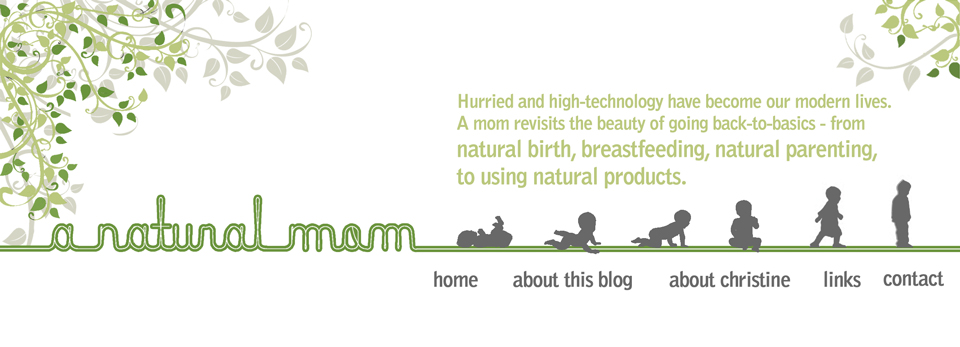The opportunity presented itself when we attended a childbirth education class sponsored by the hospital. One of the topics was the option to save the cord blood of the baby (extracted from the umbilical cord right after birth), which is currently being used to treat certain cancers and blood disorders. Mothers can either deposit it in a private bank for family’s exclusive use, or donate it in a public bank where a match recipient can avail of the “gift of life”.
So we quickly got in touch with Singapore Cord Blood Bank (SCBB), the only public bank in Singapore and in the Southeast Asia Region. To our surprise, donating wasn’t so easy after all! To start with, not everyone can donate. My husband and I had to go through a rigorous “interrogation”, detailing our health and lifestyle background, including that of our parents. Furthermore, I had to sign a disclosure that in the event genetic or infectious diseases are found in my blood, this has to be brought to medical attention and deportation is a possibility.
Unfortunately, the saga didn’t stop there. They had to extract at least 30ml of blood while I was on active labor! I was already at my wits end riding through contraction after contraction and the nurse, for some reason, had to poke me thrice just to get it right! But that’s just me. I found out belatedly that baby Ava had her share of sacrifice too. Because a sufficient amount of cord blood had to be collected, her cord was clamped immediately after birth and at least 1/3 of her blood was instead taken away. This was the heartbreaking part for me.
 |
| A thank you (or sorry) card for poking me thrice while on active labor? |
According to a study published in the Journal of Cellular and Molecular Medicine, delaying cord clamping for at least 30 seconds reduced incidences of intraventricular haemorrhage, late on-set sepsis, anaemia, and decreased the need for blood transfusions. Moreover, it could reduce the infant's risk of many illnesses, including respiratory distress, chronic lung disease, brain haemorrhages, anaemia, inflammatory condition sepsis and eye disease.
I find comfort with a Cochrane study which shows that although there is a significant increase in newborn haemoglobin levels in the late cord clamping and cutting group compared with early cord clamping and cutting group, this effect did not persist past 6 months.
Also, the American Academy of Pediatrics actually recommends public cord blood banking over private, if the parents do opt to store the cord blood. The likelihood that they can use their own cord blood is slim, since whatever condition that will afflict them is already inherent in their cord blood cells. Secondly, by increasing the pool of cord blood available to public, this gives a higher chance of a match with a recipient who is in need of transplant.
However, this policy has been greatly contested arising from the recent development on stem cells research. Researchers around the world are unlocking the autologous (the patient’s own) use of cord blood stem cells for cellular therapy to help repair failing organs and tissues. In fact, in 2009 a first successful treatment of cerebral palsy was performed in Singapore by infusing the little girl's own cord blood. Her condition has greatly improved post-treatment. Indeed, positive results on regenerative cell research offer such promising possibilities.
Going through these salient points from various angles have only raised more questions than answers. Do we then go for delayed clamping and avail upfront the benefits it offers or do we clamped it early to extract valuable cord blood and store it in a private bank this time and be assured that our family has the insurance of health?
After much thought and discussion, we decided that prevention is always better than cure. To begin with, the baby ought to benefit from what is rightfully hers. We cannot compromise the present of what might and could happen in the future. My husband, bless him for having a big heart, also feels that if we do have to extract the cord blood, it still has to go to the public bank for we cannot store it exclusively when a match recipient might have a dire need for it.
AFTERNOTE: It is with great pride that a year after, Singapore Cord Blood Bank called me to say that Ava’s cord blood and my blood sample passed all stringent requirements. After confirming that Ava is in great health, I consented to use it for a possible match with a baby who needed it. Her donation, after all, was all worth it. A precious life was gifted to us, and we can only pass it on.





